As pet owners, we often look forward to the moment our furry companions return from a grooming session, envisioning them prancing proudly with their fresh cuts and sweet-smelling coats. However, what many fail to anticipate is that behind those impeccably trimmed nails and shampooed fur, our pets might be grappling with invisible turmoil. The experience, while intended to pamper, can sometimes leave animals disoriented, anxious, or even traumatized. Recognizing and addressing post-grooming stress is not just an act of kindness—it is an essential component of responsible pet care that safeguards their emotional and physical well-being.
Grooming, by its very nature, involves a series of procedures that can be overwhelming for animals. The unfamiliar environment of a salon, the presence of strangers, the hum of dryers, and the restraint required during clipping or bathing are all potential stressors. Unlike humans, pets cannot rationalize these experiences or understand that they are temporary. Instead, they may perceive grooming as a threatening ordeal, triggering their innate fight-or-flight response. This reaction is not a sign of weakness or misbehavior but a natural survival mechanism. Consequently, when pets return home, they might exhibit a range of behaviors that signal their distress, and it falls upon us to interpret these signs accurately.
One of the most common indicators of post-grooming stress is a noticeable change in behavior. A typically sociable dog might retreat to a quiet corner, avoiding interaction with family members or other pets. Cats, known for their territorial nature, may hide under furniture or in closets, seeking solitude to regain their composure. Some animals might become unusually clingy, shadowing their owners from room to room as if seeking reassurance. Conversely, others could display uncharacteristic aggression, growling or hissing when approached, even by those they trust. These behavioral shifts are cries for help, manifestations of the anxiety brewing beneath the surface.
Physical symptoms often accompany these behavioral changes. Excessive panting in dogs, especially when not related to heat or exercise, can be a telltale sign of stress. Trembling or shaking is another common reaction, as the animal's body remains in a heightened state of alertness. Some pets might lick or chew at their paws, limbs, or newly trimmed areas, attempting to self-soothe or alleviate discomfort. In severe cases, stress can manifest as loss of appetite, digestive issues like vomiting or diarrhea, or even refusal to drink water. These physical manifestations should never be dismissed as mere quirks; they are tangible evidence of distress that requires immediate attention.
The duration and intensity of these stress responses can vary widely depending on the individual animal's temperament, past experiences, and the specific grooming procedures endured. For instance, a pet with a history of trauma or one that has had a negative grooming experience in the past is likely to react more strongly. Similarly, procedures that are particularly invasive or uncomfortable, such as expressing anal glands or plucking ear hair, can exacerbate stress levels. Understanding that each pet is unique and may respond differently is crucial in tailoring our approach to their recovery.
Upon bringing your pet home, the first step in alleviating their stress is to provide a calm and familiar environment. Avoid overwhelming them with loud noises, excited greetings from other household members, or immediate demands for interaction. Instead, allow them to retreat to their safe space—a favorite bed, crate, or quiet room—where they can decompress at their own pace. Ensure that this area is equipped with familiar items like their regular blanket, toys, and water bowl, as these objects carry comforting scents that can ground them and reduce anxiety.
Gentle reassurance is key, but it must be offered on the pet's terms. Sit quietly near them, speaking in soft, soothing tones without forcing physical contact. Let them initiate interaction if and when they feel ready. Offering a favorite treat or a small meal can also help, but do not be alarmed if they show little interest initially. The goal is to rebuild their sense of security without adding any pressure. For some pets, engaging in low-energy activities they enjoy, such as a short, leisurely walk in a familiar neighborhood, can help redirect their focus and ease tension.
Physical comfort can play a significant role in recovery. For dogs, gentle brushing with a familiar brush—avoiding any sensitive or recently groomed areas—can be a soothing activity that reinforces your bond. For cats, slow blinking or offering a warm, comfortable lap to curl up on can work wonders. However, be mindful of any signs of discomfort or irritation related to the grooming itself. Check for redness, nicks, or signs of inflammation, especially in areas like the paws, ears, and underbelly. If you notice anything amiss, contact your groomer or veterinarian promptly to rule out any physical causes for their distress.
In cases where stress symptoms persist for more than a day or two, or if they seem particularly severe, it may be necessary to explore deeper calming strategies. Products like anxiety wraps, which apply gentle, constant pressure to the body, can mimic the feeling of being held and provide comfort to some animals. Pheromone diffusers or sprays, which release synthetic versions of calming chemicals that mother dogs or cats produce to soothe their offspring, can also create a more relaxed atmosphere at home. Always consult with your veterinarian before introducing any new products or supplements to ensure they are safe and appropriate for your pet.
Prevention, as always, is better than cure. If your pet consistently exhibits significant stress after grooming sessions, it may be time to reevaluate your grooming routine. Consider finding a groomer who specializes in anxious pets, one who practices fear-free grooming techniques and is willing to work at your pet's pace. Alternatively, for less intensive grooming needs, you might explore learning to perform some tasks at home, where your pet feels most secure. Regular desensitization exercises, such as gradually introducing them to the sounds and sensations of grooming in a positive, reward-based context, can also build their tolerance over time.
It is also worth reflecting on the frequency of grooming. While maintaining hygiene is important, over-grooming can be unnecessarily stressful. Discuss with your groomer or veterinarian what a realistic and necessary schedule looks like for your pet's breed, coat type, and lifestyle. Sometimes, minor adjustments—like opting for a simple trim instead of a full haircut or avoiding unnecessary procedures—can make a world of difference in reducing their anxiety.
Ultimately, our pets rely on us to be their advocates and comforters in a world they often cannot understand. Recognizing the signs of post-grooming stress is the first step in honoring that responsibility. By responding with patience, empathy, and a commitment to their emotional well-being, we can ensure that grooming becomes a more positive experience—or at the very least, that its aftermath is met with the warmth and security they need to bounce back. After all, a truly well-groomed pet is not just one that looks good, but one that feels safe, loved, and at ease in their own skin.
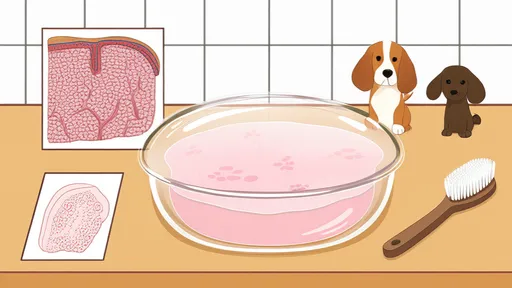
By /Aug 20, 2025
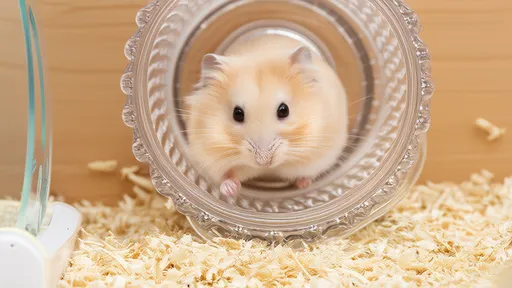
By /Aug 20, 2025
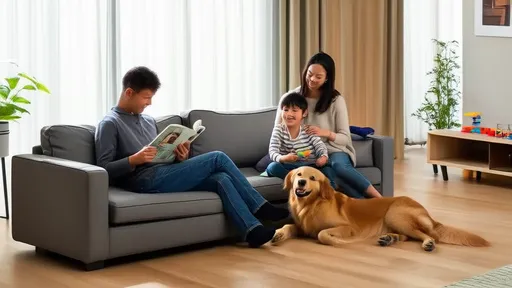
By /Aug 20, 2025

By /Aug 20, 2025

By /Aug 20, 2025
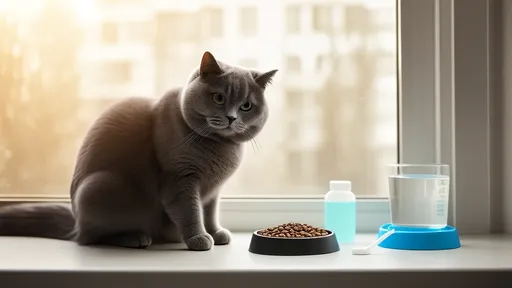
By /Aug 20, 2025
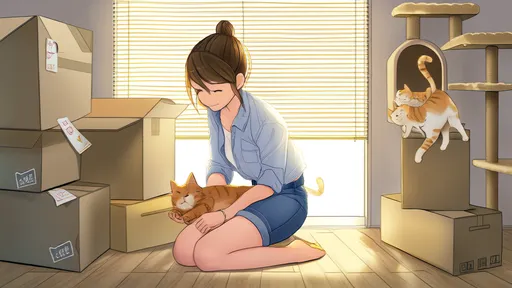
By /Aug 20, 2025
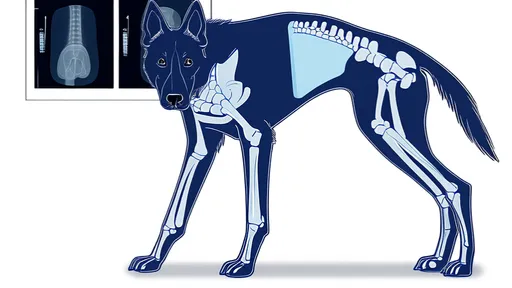
By /Aug 20, 2025

By /Aug 20, 2025

By /Aug 20, 2025
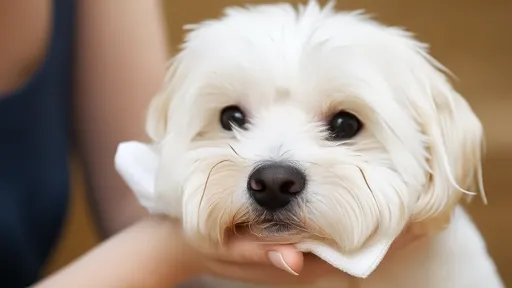
By /Aug 20, 2025
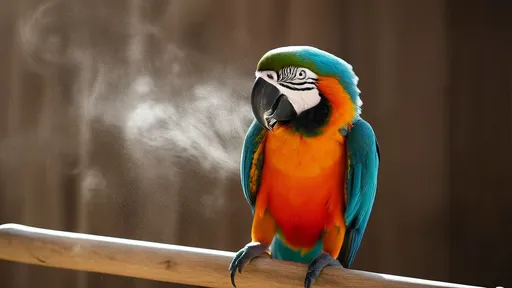
By /Aug 20, 2025
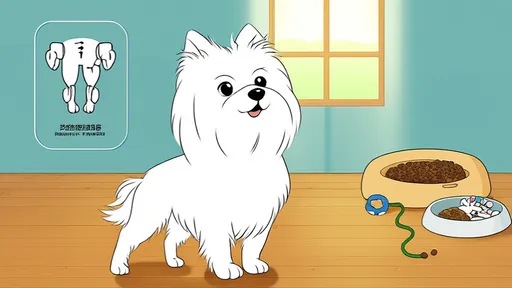
By /Aug 20, 2025
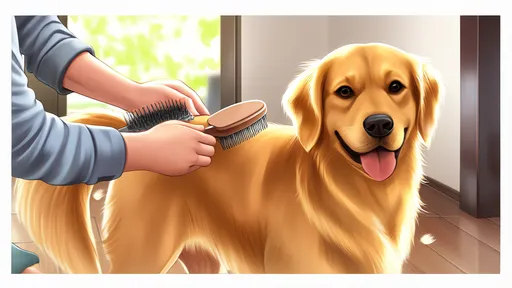
By /Aug 20, 2025

By /Aug 20, 2025
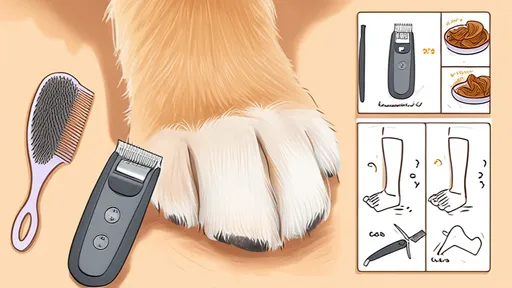
By /Aug 20, 2025
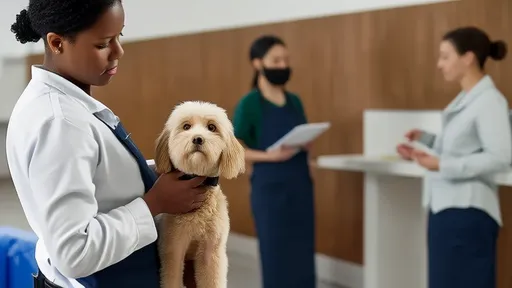
By /Aug 20, 2025
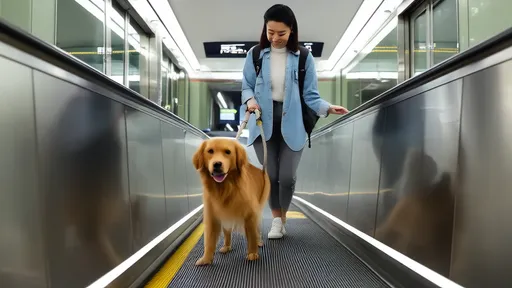
By /Aug 20, 2025

By /Aug 20, 2025
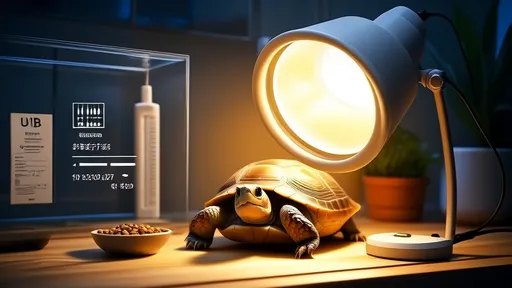
By /Aug 20, 2025